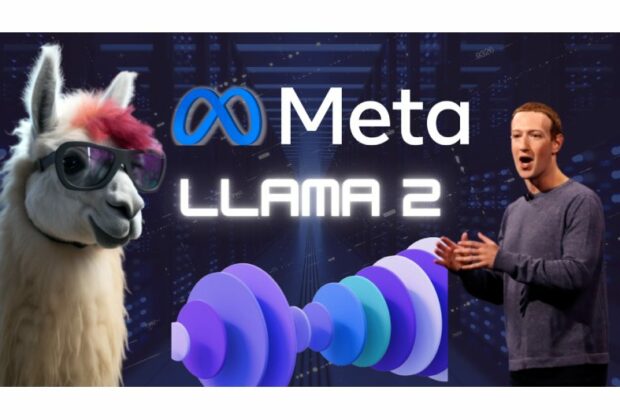During a Tuesday event in London, Meta said that it will be releasing Llama 3, the next iteration of its huge language model that powers generative AI assistants, initially in the coming month.
This validates the report that The Information published on Monday, stating that Meta was approaching debut.
“Within the next month, actually less, hopefully in a very short period of time, we hope to start rolling out our new suite of next-generation foundation models, Llama 3,” stated Nick Clegg, president of worldwide affairs at Meta. He talked about what sounded like the product being released in multiple revisions or versions.“There will be a number of different models with different capabilities, different versatilities [released] during the course of this year, starting really very soon.”
Chris Cox, chief product officer of Meta, continued, will be to power multiple products across Meta with Llama 3.
OpenAI surprised Meta and other major tech companies, including Google, when it debuted ChatGPT more than a year ago. The app went viral, transforming generative AI queries and responses into commonplace experiences. Since then, Meta has been rushing to catch up with OpenAI.
The public hasn’t been kind to Meta’s cautious approach to AI, with earlier iterations of Llama being lambasted as being overly restrictive. (Public distribution of Llama 2 began in July 2023. Even though Llama’s initial version was not made available to the public, it continued to leak online.)
This is anticipated to be addressed by Llama 3, which is anticipated to have a larger scope than its predecessors and the ability to handle a greater variety of inquiries, some of which may touch on more contentious subjects in addition to providing more accurate answers. It is hoped that this will help users take a liking to the product.
According to Joelle Pineau, vice president of AI Research, “our goal over time is to make a Llama-powered Meta AI be the most useful assistant in the world.” “There’s quite a bit of work remaining to get there.” The company did not provide any demonstrations of Llama 3’s functionality or discuss the size of the parameters it uses. It is anticipated to have roughly 140 billion parameters, as opposed to the largest Llama 2 model’s 70 billion.
Notably, Meta’s Llama families—which are designed as open-source products—offer an alternative viewpoint on how AI ought to advance as a more comprehensive technology. By doing this, Meta hopes to gain greater developer support in contrast to models that are more proprietary.
However, it appears that Meta is also being more circumspect, particularly with regard to other forms of generative AI besides text production. According to Pineau, the company has not yet released Emu, their tool for creating images.
According to Cox, “Latency matters a lot along with safety along with ease of use, to generate images that you’re proud of and that represent whatever your creative context is,
Ironically, or maybe predictably, as it happens, Meta does have some serious generative AI skeptics in the house even as it prepares to release Llama 3.
Renowned AI scholar Yann LeCun, who serves as Meta’s chief AI scientist, made fun of generative AI’s general shortcomings and declared that he is more interested in what comes next. He believes that the method that Meta has been utilizing to develop more precise predictive AI in the field of image generation will be joint embedding predicting architecture (JEPA), which takes a distinct approach to model training and result generation.








